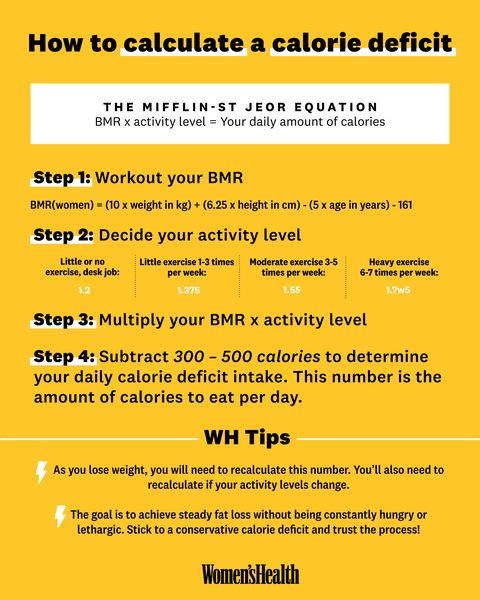
Shakira believes in eating a variety colorful diet, which includes fish and vegetables. To reduce food intake, she prefers to have five to six small meals per day and seperates her lunch and dinner. Shakira loves soups with lots of vegetables. She also loves leek and eggplant soups, carrot-ginger smoothies and artichoke soup. For snacks, she typically consumes cucumbers with a little salt.
Start with a complete body workout to lose weight while on the Shakira Diet. The fitness trainer of Shakira recommends a Zumba workout, which lasts for an hour to two hours. It is also a good idea to include sports in your daily schedule. Exercise is an important part of your daily life. You can incorporate a regular Zumba workout into your routine or participate in a sports activity. The main thing to remember about the Shakira Diet is that it should be a part your daily routine.

Shakira's exercise routine includes dancing and stretching. She enjoys show dancing. Zumba is a great exercise routine that can be done for up to an hour. She also works out her abs and lower body with strength training. You can also try circuit training, which combines interval training with circuit training. You can also use a treadmill to get serious cardio.
You don't have to follow the Shakira Diet. There are other ways that you can reach stardom. She works out at her own gym, and she incorporates exercise into every day. In addition to working out, she drinks coffee every morning, and enjoys a turkey sausage sandwich with tomatoes, cucumbers, and feta cheese. If you want to follow her plan, there are many ways to maintain her lean body and look like Shakira.
Shakira enjoys healthy meals and keeps fit. She loves oranges and almonds. Her favorite lunch meal is vegetable pureed soups. She also drinks a lot. Despite her hectic schedule, she eats well and it shows. Her team is gearing her up for a Super Bowl appearance and a global tour. She is now gearing up for her new tour, following the announcement.

For women who want to lose weight quickly, the Shakira diet is a popular option. She loves eggs with avocado, turkey lettuce wraps stuffed with avocado, and large salads topped with tomatoes and fish. She also likes to eat whole grains, organic pork chop, white fish, and other healthy options. She also loves chocolate. She adheres to a strict diet, and is dedicated to her mental and physical health.
Shakira eats a healthy diet and does a lot of exercise. She avoids sugary and dairy products and prefers fresh foods. She also eats 2 to 3 snacks along with her meals. A breakfast consist of an egg and avocado with a green salad and a protein-rich salad. She may have a fish sandwich for lunch or a vegetable meal for dinner.
FAQ
How much should I weight for my height and age? BMI calculator and chart
Use a BMI calculator to determine how much weight is needed to lose. Healthy BMI ranges between 18.5 to 24.9. If you want to lose weight, then you should aim to drop about 10 pounds per month. To calculate your BMI, simply enter your height and weight into the BMI calculator.
This BMI chart shows you if it is possible to identify if you are either overweight or obese.
Why should we have a healthy lifestyle to begin with?
Healthy living can lead to a longer, more fulfilling life. A healthy diet, regular exercise and good sleep habits will prevent the development of diseases such as heart disease, stroke, cancer, diabetes, and Alzheimer's.
A healthy lifestyle will also improve our mental health by helping us cope better with everyday stresses. Healthy living will boost self-confidence and make you look and feel younger.
What is the best diet for me?
There are many factors that influence the best diet, including your gender, age, weight, health condition, lifestyle, and personal preferences. You should also consider how much energy your exercise consumes, whether you like low-calorie or high-calorie foods, and what you enjoy in terms of eating fruits and veggies.
Intermittent fasting may be a good choice if you want to lose weight. Intermittent fasting allows you to consume only certain meals per day, instead of eating three large meals. This might be better for you than traditional diets, which have daily calorie counts.
Intermittent fasting has been shown to improve insulin sensitivity, reduce inflammation and lower the risk of developing diabetes. Research suggests that intermittent fasting can promote fat loss and improve overall body composition.
These are 5 ways you can live a healthy and happy life.
Living a healthy lifestyle involves eating right and exercising regularly. Eating well means avoiding processed foods, sugar, and unhealthy fats. Exercise can help you burn calories and strengthen your muscles. Sleeping well improves concentration and memory. Stress management helps reduce anxiety and depression. Fun is the key to keeping us healthy and happy.
Statistics
- This article received 11 testimonials and 86% of readers who voted found it helpful, earning it our reader-approved status. (wikihow.com)
- The Dietary Guidelines for Americans recommend keeping added sugar intake below 10% of your daily calorie intake, while the World Health Organization recommends slashing added sugars to 5% or less of your daily calories for optimal health (59Trusted (healthline.com)
- According to the 2020 Dietary Guidelines for Americans, a balanced diet high in fruits and vegetables, lean protein, low-fat dairy and whole grains is needed for optimal energy. (mayoclinichealthsystem.org)
- Extra virgin olive oil may benefit heart health, as people who consume it have a lower risk for dying from heart attacks and strokes according to some evidence (57Trusted Source (healthline.com)
External Links
How To
What does the word "vitamin" mean?
Vitamins can be described as organic compounds found in food. Vitamins are essential for our bodies to absorb nutrients from the foods we eat. The body cannot make vitamins; therefore, they must be obtained from food.
Two types of vitamins exist: water-soluble vitamin and fat-soluble vitamin. Water soluble vitamins dissolve easily in water. These include vitamin C (thiamine), Vitamin B1 (riboflavin), Vitamin B2 (riboflavin), Vitamin B3 (niacin), Vitamin B6 (pyridoxine), Vitamin C, B1 (thiamine), Vitamin B2 (riboflavin), Vitamin B3 (niacin), and Vitamin B6 (pyridoxine). Fat-soluble vitamins are stored in the liver, fatty tissue and kidneys. Vitamin D, E, K and A are some examples.
Vitamins are classified based on their biological activity. There are eight major vitamin groups:
-
A - essential for normal growth and maintenance of health.
-
C - vital for proper nerve function, and energy production.
-
D – Essential for healthy teeth, bones and joints
-
E - needed for good vision and reproduction.
-
K - essential for healthy muscles, nerves, and bones.
-
P - essential for strong bones, teeth and tendons
-
Q - aids digestion and absorption of iron.
-
R - necessary for making red blood cells.
The recommended daily allowance for vitamins (RDA) varies based on gender, age, and physical conditions. The U.S. Food and Drug Administration has established the RDA values.
For adults 19 years and over, the RDA of vitamin A is 400mg per day. For fetal development, pregnant women need 600 mg per day. Children ages 1-8 require 900 micrograms per day. For infants younger than one year, 700 micrograms are required daily. However, this number drops to 500 micrograms each day for children aged 9-12 months.
Children between the ages of 1-18 need 800 micrograms per daily for obesity, while children overweight require 1000 micrograms. Children underweight or obese will need 1200 mg per day.
Children aged 4-8 years old who have been diagnosed as having anemia require 2200 micrograms of vitamin C per day.
Adults over 50 years of age need 2000 micrograms per day for general health. Women who are pregnant or breastfeeding need 3000 micrograms per day due to increased nutrient requirements.
Adults over 70 require 1500 micrograms each day, since they lose around 10% of their muscle mass every decade.
Women who have been pregnant or are lactating require more than the RDA. Pregnant mothers need 4000 micrograms per daily during pregnancy and 2500 after giving birth. Breastfeeding mothers require 5000 micrograms daily when breast milk production is occurring.